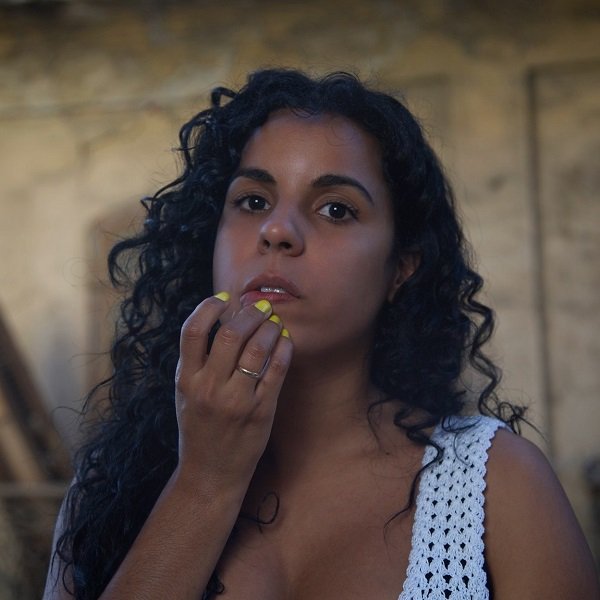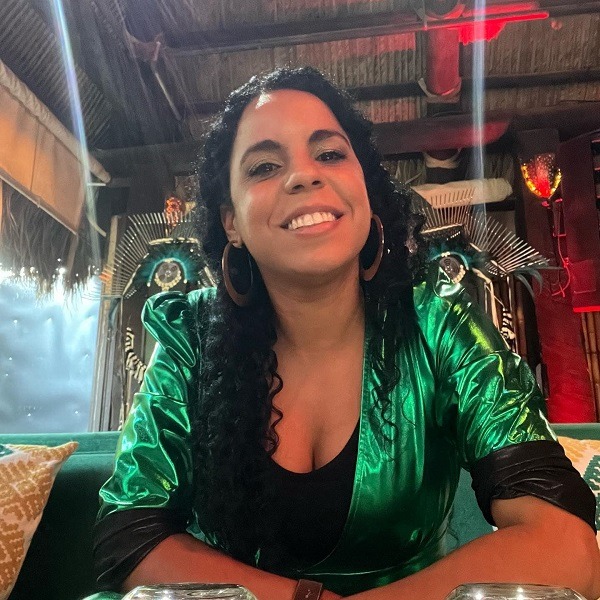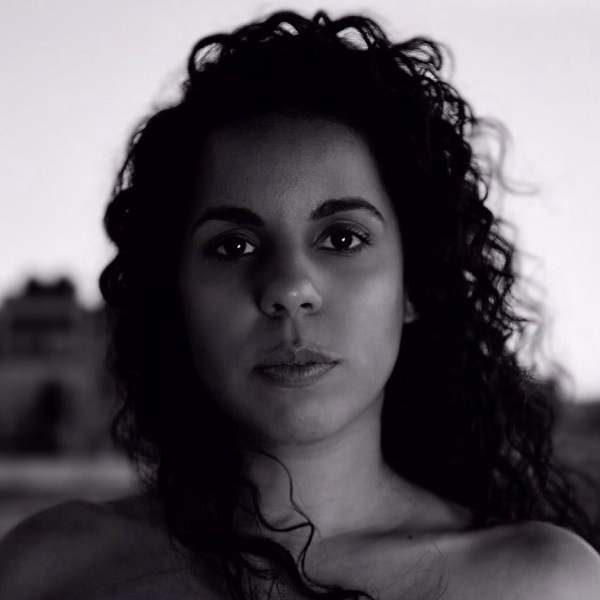Cuban talent for the world
Danay Suárez (https://www.facebook.com/danaysuarezoficial) is a Cuban jazz, soul and rap singer who has achieved a lot of international notoriety in recent years thanks to her talent and dedication in each of her musical works. We are honored to talk to her and this is what we asked her:

Danay Suárez has given concerts in many cities of the United States and Europe
Questions for Danay Suarez
I have been able to see that you are a self-taught artist. Would you say that your musical progress was to do with ear or do you already have any formal education related to music?
I was trained as a lyric singer by one of the most important musical theater companies in Cuba (Opera de la Calle). My training involved rhythm, harmony, music theory and acting classes. Most of my musical progress is to do with living my career, improving my thoughts, stage, recording studios, reaching culture, entering various musical genres and meeting and collaborating with musicians from around the world.
You’ve gone into jazz, soul, reggae, traditional Cuban music and hip hop. However, it can be said that you started with socially conscious rap and were even called “The queen of Latin rap”. Did you experiment with all these rhythms and genres at the same time or in stages during your career?
I sing several genres because I am not static or orthodox, creativity inspires me, I need to move my ideas and explaining them with rhythm is a great and good challenge. Which is why I combine the freedom delivered by jazz gives to move the words and the possibility afforded by rap to create a speech with creating pleasant and danceable moments, perhaps alluding to reggae because this genre allows you to intellectualize while dancing. I listen to a lot of music and think I might go to new places and be inspired by new sounds.

Danay Suárez has been known as The Queen of Latin Rap
We saw a spectacular video of you singing your song “Yo Aprendí” with The Kennedy Center Orchestra. How can two seemingly different genres join in something so special? Tell us how was that experience, how they became interested in you for that project and how these musical elements came together.
I don’t think two different genres came together, my arrangement for the symphony was very similar in its harmonic and melodic base. Making art and taking all the things we do to a level of excellence is what makes the worlds integrate and complement each other without being forced. For me the symphony is the complete picture, I place a high value on my words and I think many of them are divinely inspired, visual, parables, timeless most of the time. Sometimes I feel that only a symphony can support them at the highest level. Living my lyrics as I have imagined them is a dream come true, a dream fulfilled I want to repeat many times.
You have made music for Netflix and already some video games. How did they come to you? Why do you think they became interested in your music?
Together with my publishing company Kobalt Music, I was given proposals on synchronizing such as these video games, series, and some offers I’ve refused because I belive that they do not build anything of value that can be linked to the message of my songs. You never know what makes people connect with my music, but they can be the rhythm, the word, or the artist.

This Cuban singer has made music for Netflix and video games
Last year, you released your album “Vive”, which is very different from what you have been doing and come any closer to Christian music.
“Vive” is a thoroughly evangelical album because it was born in a period of deeped intimacy with the Lord, all my work is partly biographical and a portrait of the moment I’m living or I got over it, so I can already it. Those who know my work can see the sincerity through the music of each stage I’ve lived. At the end, the most honest approach I can offer to my music is my own testimony.
You have been in the United States and several European countries. How has been the responses of your music been in all these places? How are you perceived there?
The reception has always been extraordinary, people cry at my concerts and I know it’s because they listen to any advice that can transform their lives, they have a vivid and real moment, which is sealed with values that make good. That motivates me to always bring life to my people with the songs, I know that there is a thirsty world from which I’ve been part and that’s why I do not take lightly to make music, I do not even treat it strictly as a business. What I do is I finance my music through other businesses to allow me do things correctly. In the case of the non-Spanish speaking public, my answer is that music is a universal language that is felt and enjoyed in the same way when it’s genuine.

Danay Suárez next to Colombian singer Juanes


























